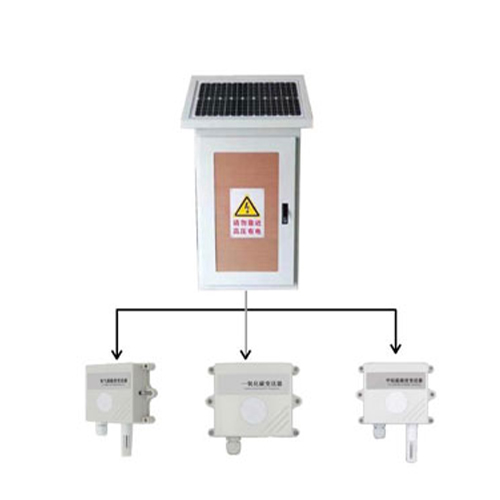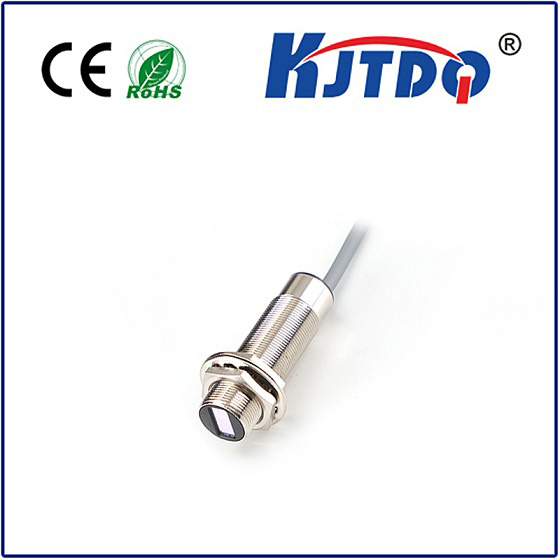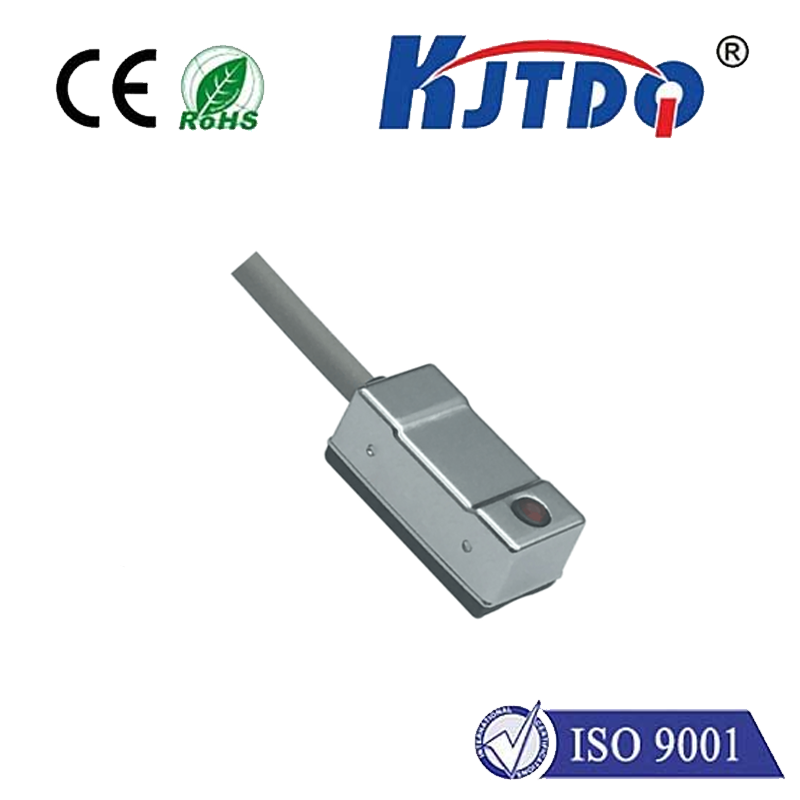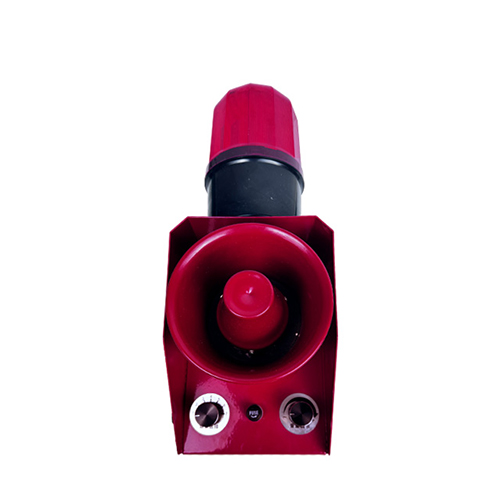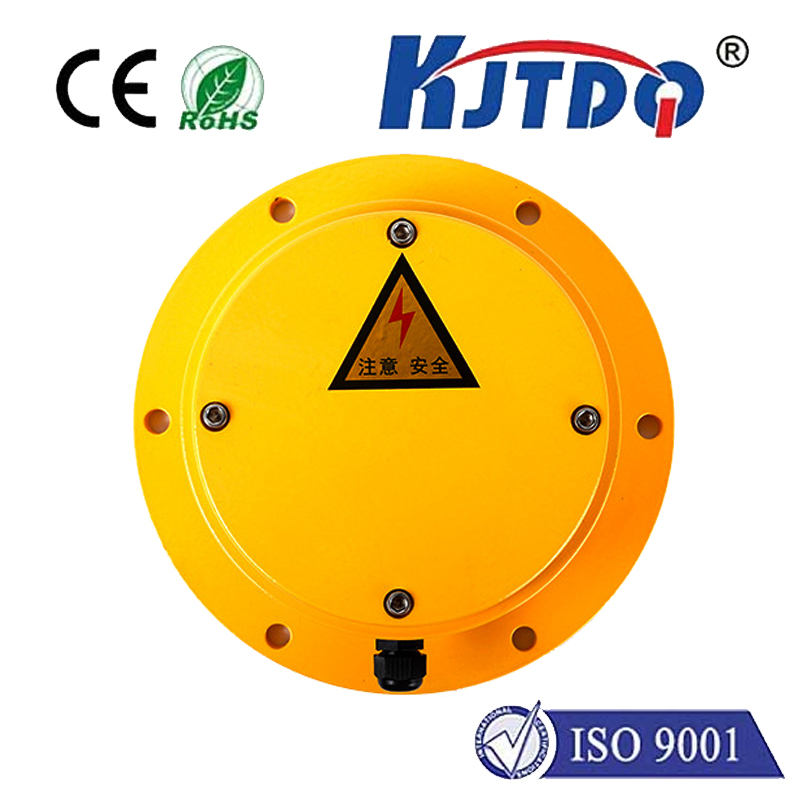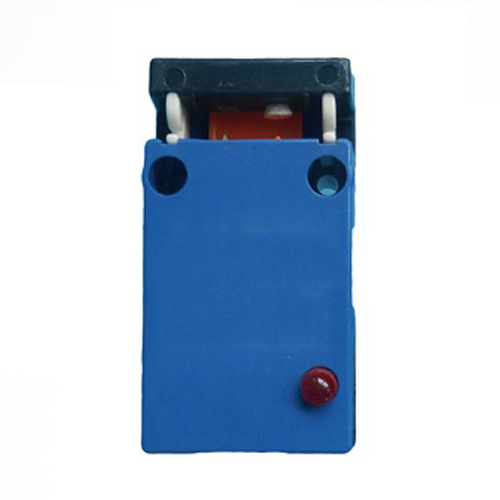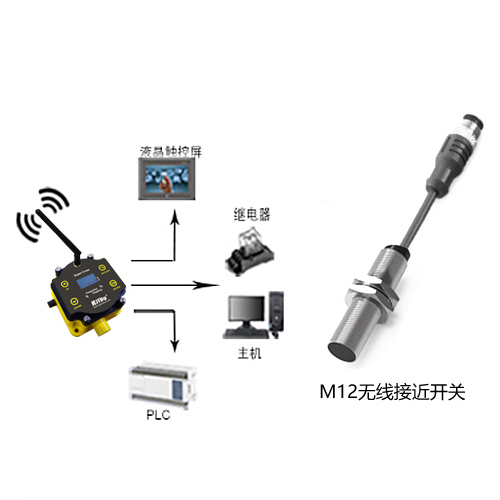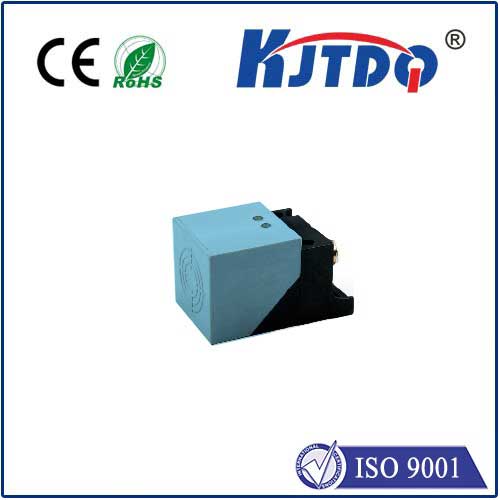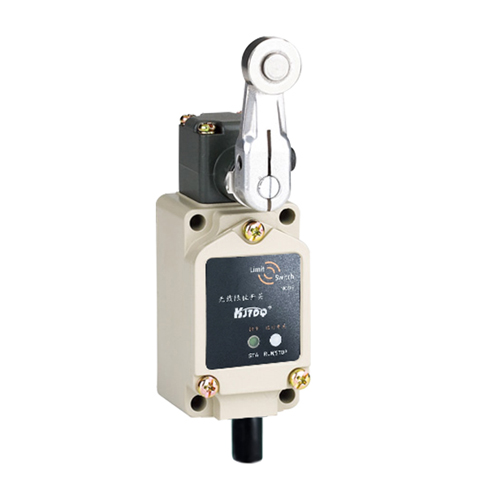

check

check

check

check

check

check

check

check

check

check
Title: Understanding Limit Switch Actuator Types for Optimal Control
Introduction to Limit Switch Actuator Types
In industrial automation and control systems, limit switches are essential components that help to ensure proper operation of machinery and equipment. These switches serve as safety mechanisms, preventing the over- or under-rotation of mechanical components, protecting against damage caused by excessive force, and ensuring accurate positioning of machines. One critical aspect of limit switch design is the selection of the appropriate actuator type to provide the desired level of feedback and control. In this article, we will explore the various types of limit switch actuators available in the market and their characteristics.
Type 1: Mechanical Switches
The most basic form of limit switch is the mechanical switch, which uses a physical mechanism to detect motion and change state. When an object comes into contact with theswitch, it moves a lever or a disc, causing a signal to be sent to the controller. Mechanical switches are reliable and simple to operate, but they can wear out over time, leading to decreased accuracy. They are typically used in applications where speed and reliability are more important than precise positioning.
Types 2: Optical Switches
Optical limit switches use light to detect motion and trigger a signal. The switch contains a light source and a photodiode that reacts to changes in light intensity. When an object comes into contact with the switch, it blocks the light path, causing the photodiode to emit a signal. Optical switches are highly accurate and offer a high degree of precision, making them suitable for applications that require strict positioning control. However, they can be more expensive compared to other types of switches.
Types 3: Electromechanical Switches
Electromechanical switches combine the principles of both mechanical and electrical switches. They use a spring or a hydraulic system to detect motion and change state, while also incorporating an electrical circuit to send signals to the controller. Electromechanical switches offer a balance between accuracy and cost-effectiveness, making them popular choices for many industrial applications. They can be easily customized to suit specific requirements and can be used in a wide range of environments.
Types 4: Solenoid Switches
Solenoid switches use a magnetic field to detect motion and trigger a signal. When an object comes into contact with the switch, it interrupts the magnetic field, causing the solenoid to open or close a circuit, sending a signal to the controller. Solenoid switches are highly reliable and offer fast response times, making them suitable for applications that require quick action or rapid positioning control. However, they can be more expensive than other types of switches due to their advanced technology.
Conclusion
Choosing the right type of limit switch actuator depends on factors such as application requirements, precision needed, environment conditions, and budget constraints. While each type offers unique advantages and disadvantages, understanding these different types can help you make an informed decision when selecting the best solution for your specific needs. By doing so, you can ensure optimal control and safe operation of your industrial machinery and equipment.
